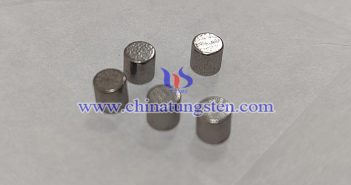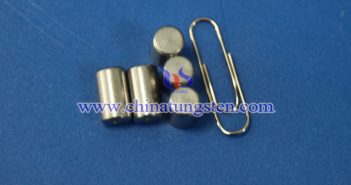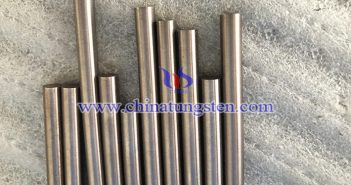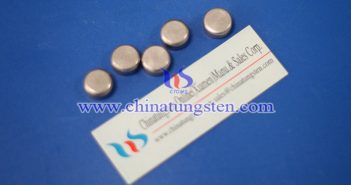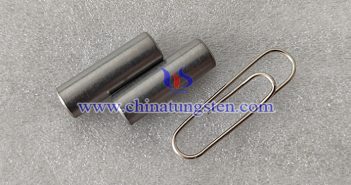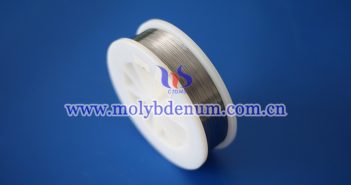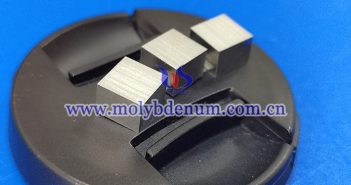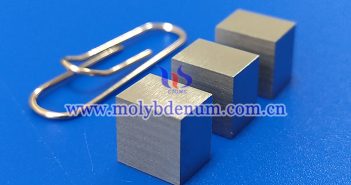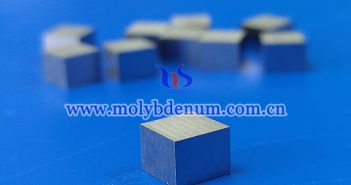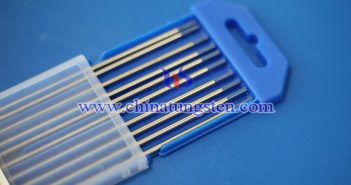
Barium tungsten electrodes have unique properties that differentiate them from other types of tungsten electrodes. Here are the key differences as following: Electron Emission Properties: BaW Electrodes: they are known for their excellent electron emission properties. The addition of barium to the tungsten material enhances its electron emission capability, making it efficient in applications requiring controlled electron emission, such as cathode ray tubes (CRTs). Other W Electrodes: Other electrodes, such as pure tungsten or thoriated tungsten, do not have the…

